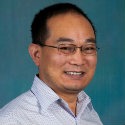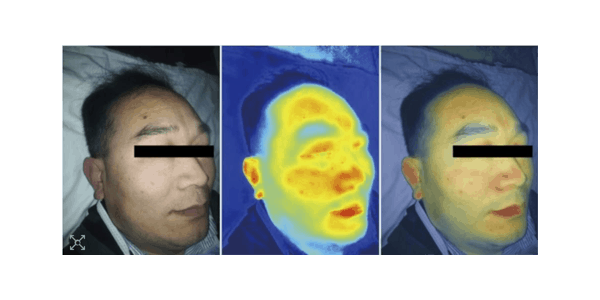
Ruikang Wang
Modern smartphone cameras can be harnessed to analyze and track skin changes and blood flow dynamics under the skin, report UW Bioengineering Professor Ruikang Wang and his graduate student Qinghua He, in the February issue of Biomedical Optics Express. Dr. Wang, who is also a professor of ophthalmology, and He developed a smartphone-based system that produces images comparable to those created by expensive hyperspectral imaging tools in clinical laboratories. The tool could be useful to dermatologists and others in evaluating skin changes, including doing mole checks and spotting potential cancers. Wang and He say the system, which uses an unmodified smartphone, is easy to operate, very cost-effective, and could make hyperspectral analysis available to healthcare providers in rural and low-resource settings.
The research was recently highlighted in an article in Physics World magazine Feb. 18.
The imaging system uses the smartphone’s built-in RGB camera and flashlight. The team’s system then applies the Wiener estimation method to transform the images into “pseudo”-hyperspectral images with 16 wavebands, covering a visible range from 470-620 nanometers. The processing method uses weighted subtractions between wavebands to get information about how much light is absorbed due to colorful proteins and molecules in skin, mainly hemoglobin and melanin.
Wang and He also report that their smartphone camera system successfully captures heart rate measurements by accurately monitoring the change of blood absorption intensity in skin tissue, due to the pulsing effect. The system also can monitor some vascular occlusions, which happen when a blood vessel is blocked. This could be useful in monitoring bedsores or assessing skin grafts. In this study, the researchers applied outside pressure with a rubber ring on a volunteer’s finger to create a vascular occlusion. They held it for 60 seconds and then released. The smartphone recorded video of the occlusion and the return to normal after pressure was released, allowing the researchers to map the blood absorption and oxygen saturation.
Dr. Wang is the WRF/David and Nancy Auth Innovator of Bioengineering.



